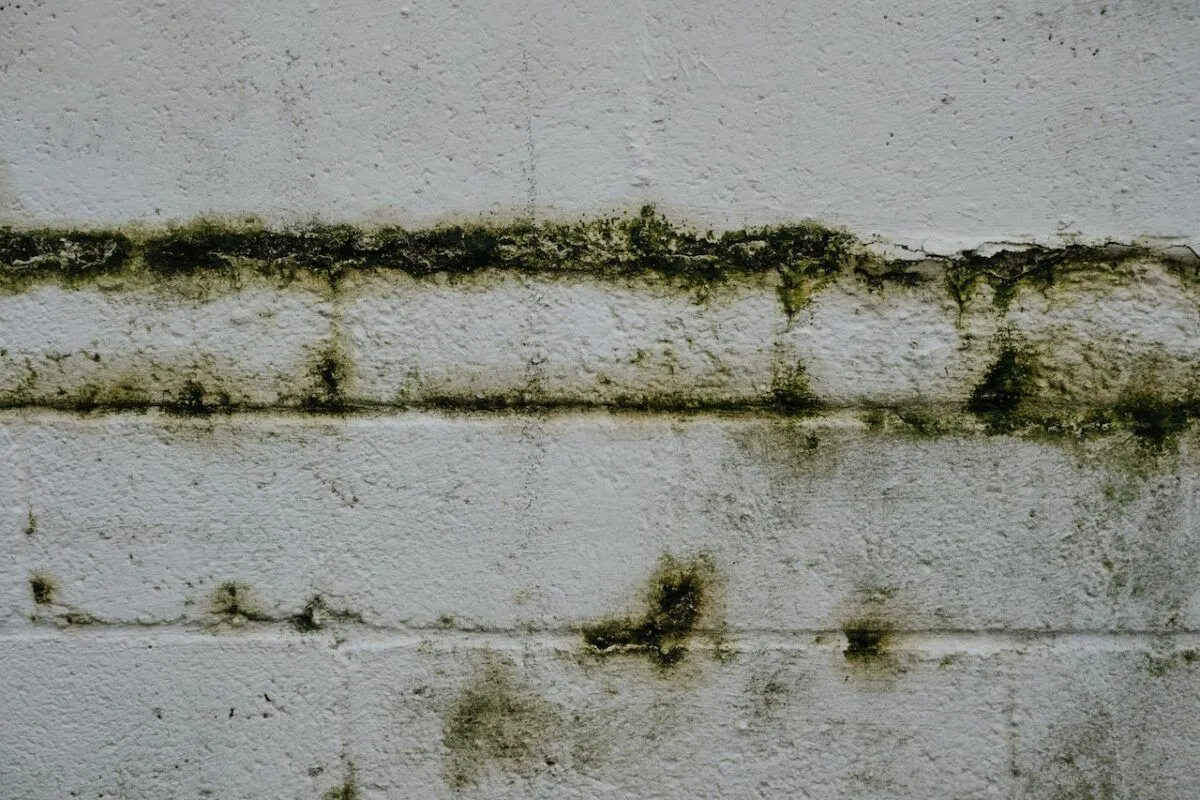Navigating the Storm: Essential Tips for Filing an Insurance Claim After a Hurricane

As Hurricane Idalia approaches Florida, it’s the right time to prepare and stay safe. When preparing for a hurricane, most people focus on the basics – stocking up on food, water, and batteries. Yet, one crucial aspect often overlooked is understanding how to file an insurance claim in the aftermath of a storm. Let’s dive into some key points that can help you navigate this process smoothly.


